
From inception in April 2012 to December 2023, global equity long/short strategy, Sissener Canopus, has compounded up to 281 percent (NOK share class) with less volatility than long only equity indices. As a result, the fund has regularly received The Hedge Fund Journal’s UCITS Hedge performance awards.
Taking 2023 and 2022 together illustrates how performance drivers vary in very different years. In 2022 Sissener Canopus made 8.5%, of which 7.9% came from single stock shorts, including Swedish real estate. Style rotation from growth to value, stock-picking, and tactical index shorts were also helpful, though index hedges were the biggest detractor in 2023, when the return of 5.5% was well below the annualized average of 12.1% since inception.
From inception... Sissener Canopus, has compounded up to 281% (NOK share class) with less volatility than long only equity indices.
Canopus falls into the global equity long/short category, but in most years it is essentially a long only fund, with hedges. “In 2023, we had 95% exposure in single name longs and 5% in single name shorts. We learned the hard way that shorts need triggers. The index hedges usually detract from returns during a narrowly rising market like 2023,” says founder, Jan Petter Sissener. Selling single stock straddles, covered calls and some option spreads contributed about 2% gross to returns in 2023.
In 2023, net long exposure averaging 52.6% was a little below the fund’s average around 60%. (It ranged between about 26% and 80%, though the extremes often reflected delta spikes near option expiry dates). As of January 2024, net long exposure has risen to the top of the recent range at 80% as Sissener grows confidence in the earnings prospects for its holdings.
Cash generators
The 2022 increase in value exposure was well timed, and despite some rate cut expectations for 2024, Canopus has not yet shifted much from value to growth. “The emphasis is still very much on cash generative companies paying dividends. The tech weighting has increased somewhat, but mainly in European names on lower valuations,” points out Sissener.
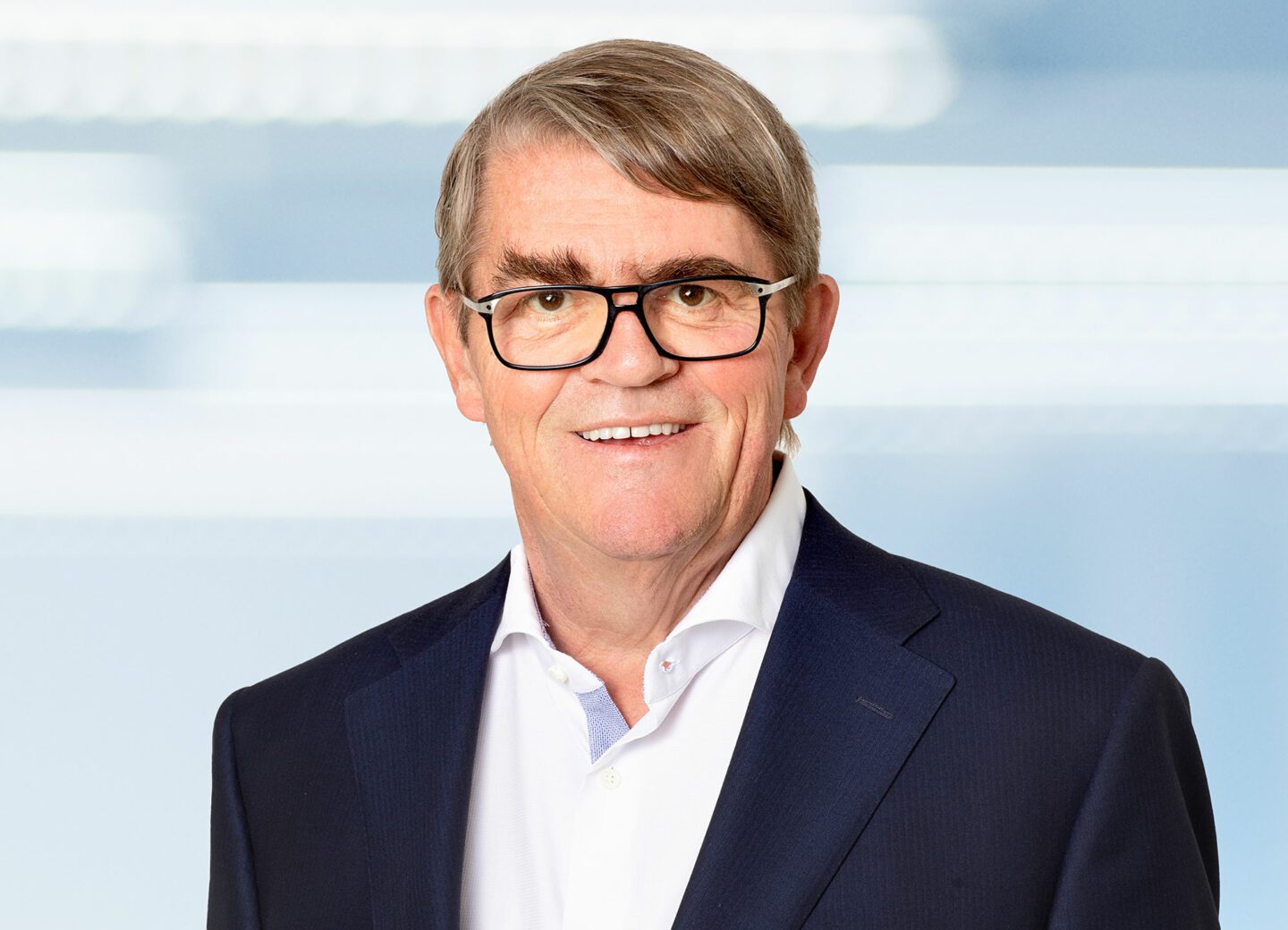
Jan Petter Sissener, Founder
Energy earnings and multiples
Energy equities now form a large part of the value “cash cow” book, with around 30% long exposure to energy, but this was not always the case. “Back in 2012, the oil weighting was 10-15%,” recalls co-manager, Philippe Sissener.
Now, in-house energy expert, Andrew Dobbing, is confident about the outlook for both oil majors and selected oil services names: “Cash returns of 10%, from dividends and buybacks, are growing and dividends could increase 5-10% per year, even with a flat oil price. We are confident about earnings upgrades in oil services, which could beat consensus based on orders and pricing power. Moreover, earnings visibility is getting better, based on a shortage of subsea vessels and rigs”. He expects that these earnings upgrades are most likely to coincide with valuation multiple expansion: “BP and Shell trade on PE ratios around 4-5, and oil services companies can be on similar EV/EBITDA multiples,” says Dobbing.
There is exposure to oil majors, with business models that are easy to understand, and more homogeneous than oil services firms, where Canopus has sometimes owned the largest names, such as Schlumberger, but more often prefers to move in and out of smaller and medium sized firms such as Subsea 7, Tidewater and Weatherford International.
Uranium is also classified under energy. Dobbing sees Canadian producer Cameco as having, “Upside to consensus estimates, based on a positive supply/demand outlook, technical differences between spot and realized positions, and the longer-term energy transition story. Cameco mainly sells on long term contracts rather than spot prices, and its Westinghouse acquisition further removes some spot price exposure – but is appealing in helping the US to localize its value chain”. Meanwhile the uranium sleeve is balanced out by NexGen Energy, an earlier stage name with more spot price exposure.
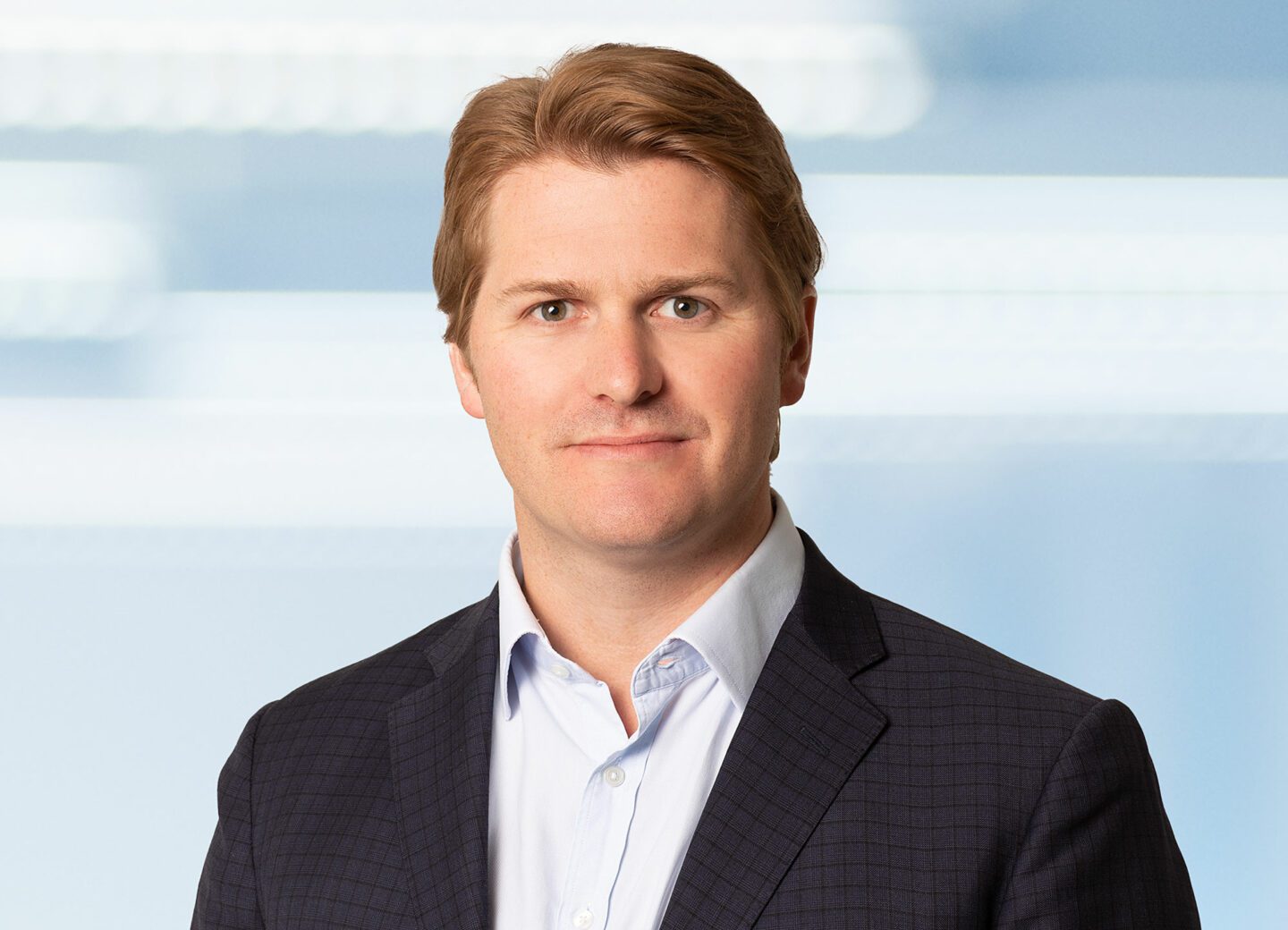
Philippe Sissener, Co-Manager
Miners
Elsewhere in commodities, Sissener has owned Swedish miner Boliden but now finds the equity relatively highly valued, partly due to its green energy transition metals exposure – 40% copper, 40% zinc and some nickel and precious metals. “There is also a premium for Nordic and developed market exposure, but equally it has older lower grade mines, and older smelters that need more capital spending,” says co-manager, Nicholas Salbu. Global diversified miner Rio Tinto is seen as better value for now, while some other miners are ruled out by the ESG policy precluding coal exposure above 30%.
Shipping and tankers
Deep value names are found in transporting commodities. Oil tankers may have had a temporary boost, first from Russia’s invasion of Ukraine and more lately from the Red Sea, but Sissener is more focused on the medium- and longer-term structural supply/demand imbalance. “The supply of vessels is near a 25-year low, with only 4% of the fleet replaced each year, and a two-to-three-year building lag, while many are being scrapped. This means that supply is not being replaced fast enough. Replacement ratios (ships on order versus the existing fleet) around 5% are lowest for tankers and dry bulk, but much higher for LPG, LNG and car carriers. Ageing fleets that increasingly do not meet higher environmental standards, including EU emissions rules, also screen out a large share of fleets,” explains Jan Petter Sissener. Many of these firms have no new build programs and return all cash to shareholders, with some offering double digit dividend yields. Tankers offer compelling value on single digit multiples, but nonetheless the allocation is around 4% (spread across two or three companies), due to conservative liquidity criteria.
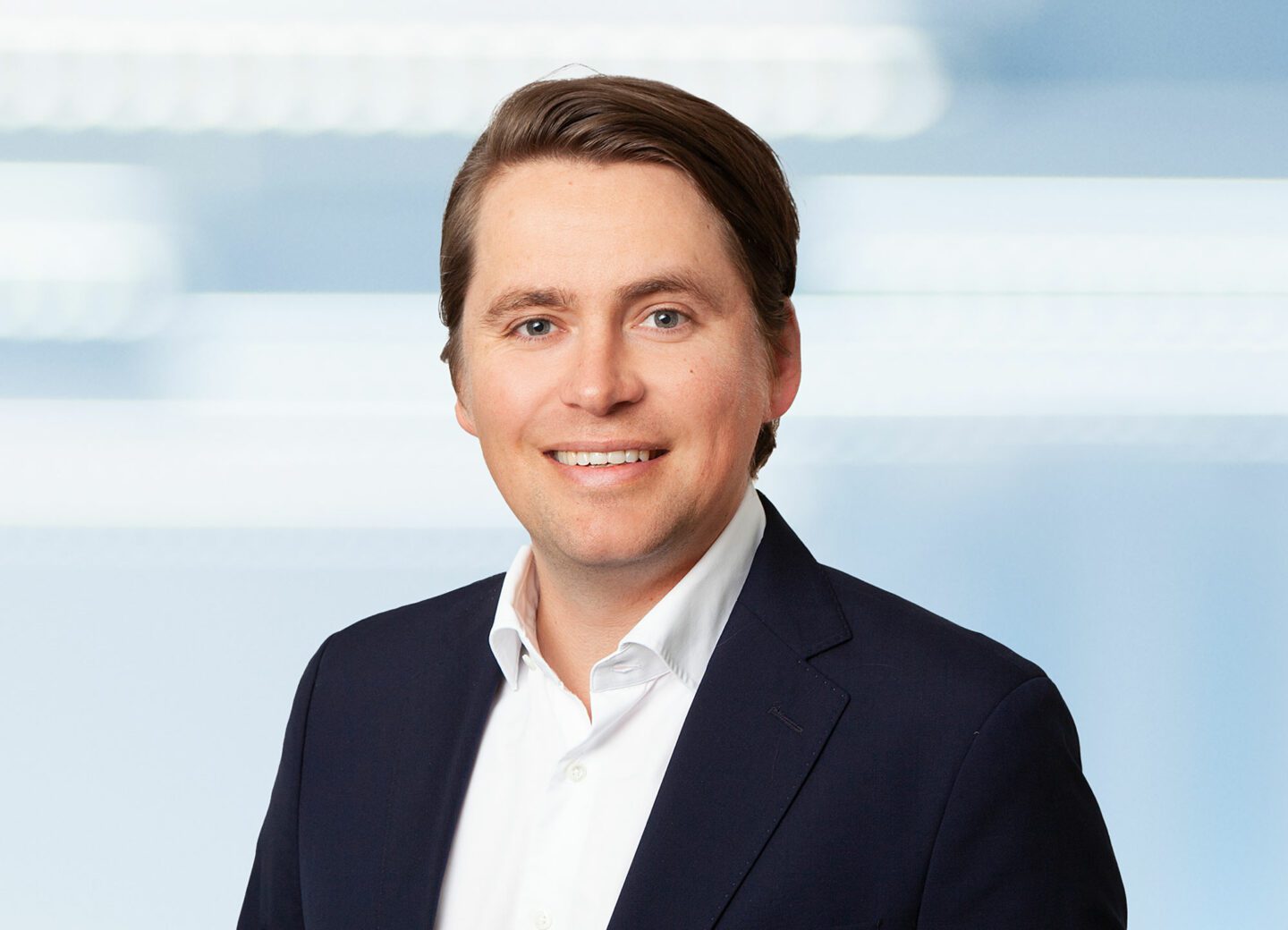
Peder Steen, Co-Manager
Insurers and financials
Banks and insurers are also generally valued below the average market multiple. Sissener has held Norwegian insurer, Storebrand, from the start in 2012, and remains constructive: “Storebrand is hugely overcapitalized. It has a 45 billion market cap, is 10-12 billion overcapitalized and will generate 6 billion by 2026. A growing pension market, and inflation, are positive for P&C [property and casualty insurance]. It also owns a small bank. It could be taken over by a Swedish buyer, or another acquirer from Germany or Switzerland, any of which would find asset management synergies,” says Sissener.
In contrast, Sissener has exited UK-listed Prudential after many years, partly as the new CEO was uninspiring, and because key catalysts, like spinning off Jackson Financial and M&G, have happened. Sissener now prefers other European insurers such as France’s AXA.
In general, both the equity fund and the credit fund have moved to selected larger systemically important banks. There can be small exceptions: a contrarian long position has been taken in a Swedish bank with commercial real estate exposure and high short interest. And some systemic banks have been sold: “BNP might suffer from a UK or Italy style windfall tax. Intesa is more interesting,” says Sissener.
The emphasis is still very much on cash generative companies paying dividends. The tech weighting has increased somewhat, but mainly in European names on lower valuations.
Jan Petter Sissener, Founder
Tech, AI and growth
European semiconductor makers, such as Norway’s Nordic Semiconductor, the Netherlands’ NXP, and France’s ST Micro, can trade on much lower valuations (e.g. PE of 10 for ST) than US names and the latter two offer strong exposure to industrial consumer IT such as the autos market.
There is however some appetite for more richly valued tech. Microsoft is currently the main AI play owned. “It is growing share in cloud, working closely with Open AI and launching a 365 Copilot chatbot with Open AI,” say co-manager, Peder Steen. And Canopus has intermittently traded Nvidia since 2016. “Over that period, it has evolved from gaming GPUs to crypto mining and then AI. Most recently, we owned Nvidia between share prices of 250 and 410 and sold because the valuation did not stack up,” adds Steen.
Novo Nordisk was also exited for valuation reasons, and Canopus is now tackling obesity from a different angle through healthcare technology company, DexCom. “One perception is that treatments such as Novo’s Ozempic reduce the need for continuous glucose monitor (CGM) systems, monitors and sensors, which provide real time monitoring of blood glucose levels. However, we are of the opinion that taking obesity drugs increases awareness and the desire to track glucose levels,” says Steen.
Norwegian special situations
More event-driven longs include Oslo-listed classified advertising group, Schibsted, which has for years traded at a discount to its estimated sum of the parts valuation. It has finally divested Adevinta and other units so that news media will be only 10% of revenues going forward. Jan Petter Sissener judges that, “The stub of the business, in pure play online advertising, is much easier to analyse, trades at a discount to peers, and we expect a takeover”.
Norway’s largest salmon farmer, Mowi, has consolidated the sector and benefited from tight supply in the salmon market, which has become much more orderly since the boom/bust days up until 2011/2012. “Though salmon is more expensive than animal meats, it still finds pockets of growth, and has pricing power to pass through grain and wheat costs,” says analyst Nicholas Salbu.
Overlaps between equity and credit
Sometimes, Canopus switches from equities into credit from the same issuer where it offers a better risk/reward, and it may also own some credit positions without any earlier equity exposure. Only a small part of the Sissener Corporate Bond fund universe meets the double-digit Canopus return target. In early 2024, Canopus has a circa 8% allocation to a handful of overlapping holdings in certain bonds offering double digit yields, including some stressed and distressed names, as well as UK energy with high yields caused by adverse sentiment towards energy and the UK. Oil services names BWO, Shelf Drilling, and Italian bank Intesa are examples.
Sissener Corporate Bond
Sissener Corporate Bond fund has annualized at 7.3% and made 40.5% between March 2019 and December 2023, and it made a positive return in 2022. The credit fund typically makes 75% from coupons and 25% from price appreciation, though 2022 was an exception when price losses offset much of the coupon income. Going forward into 2024, after some strong price gains partly driven by lower rates, coupons are seen as the main return driver, though there could also be some capital gains from a few special situations.
The fund has not made or lost a great amount from the violent swings in interest rates over the past five years. Duration has ranged between about 2.5 years in March 2019, to 0.5 years at some points in 2023 and was 1.3 years in early 2024. Sissener is not making strong macro calls on rates and is investing in some floating rate paper – paying a spread over 3-month rate benchmarks, which can be in EUR or can be hedged back to NOK if need be – usually reduces duration. “We can also use interest rate swaps with the prime broker to adjust rate duration,” points out lead manager, Philippe Sissener. (The mandate allows credit default swaps but in practice only listed cash bonds have been traded; loans are off limits because they are unlisted.)
Yield pickup
Overall, Sissener estimates that Nordic high yield bonds command a yield premium of 180-200 basis points over continental Europe or the US, due to the cyclicality of companies and sectors, and illiquidity premia.
This pickup estimate might also require some assumptions about implied credit ratings. Only 14% of the book has any credit rating from a credit rating agency, though Sissener estimates “internal” credit ratings, which in early 2024 average around BB minus, slightly higher than historical averages near B or B plus.
Though several credit ratings agencies are seeking to expand coverage of the Nordic markets, external credit ratings are in practice much less important. “The few credit ratings that exist may be of limited value, due to differences of opinion in a market where some issues with an investment grade rating can trade as if they were high yield,” points out Philippe Sissener.
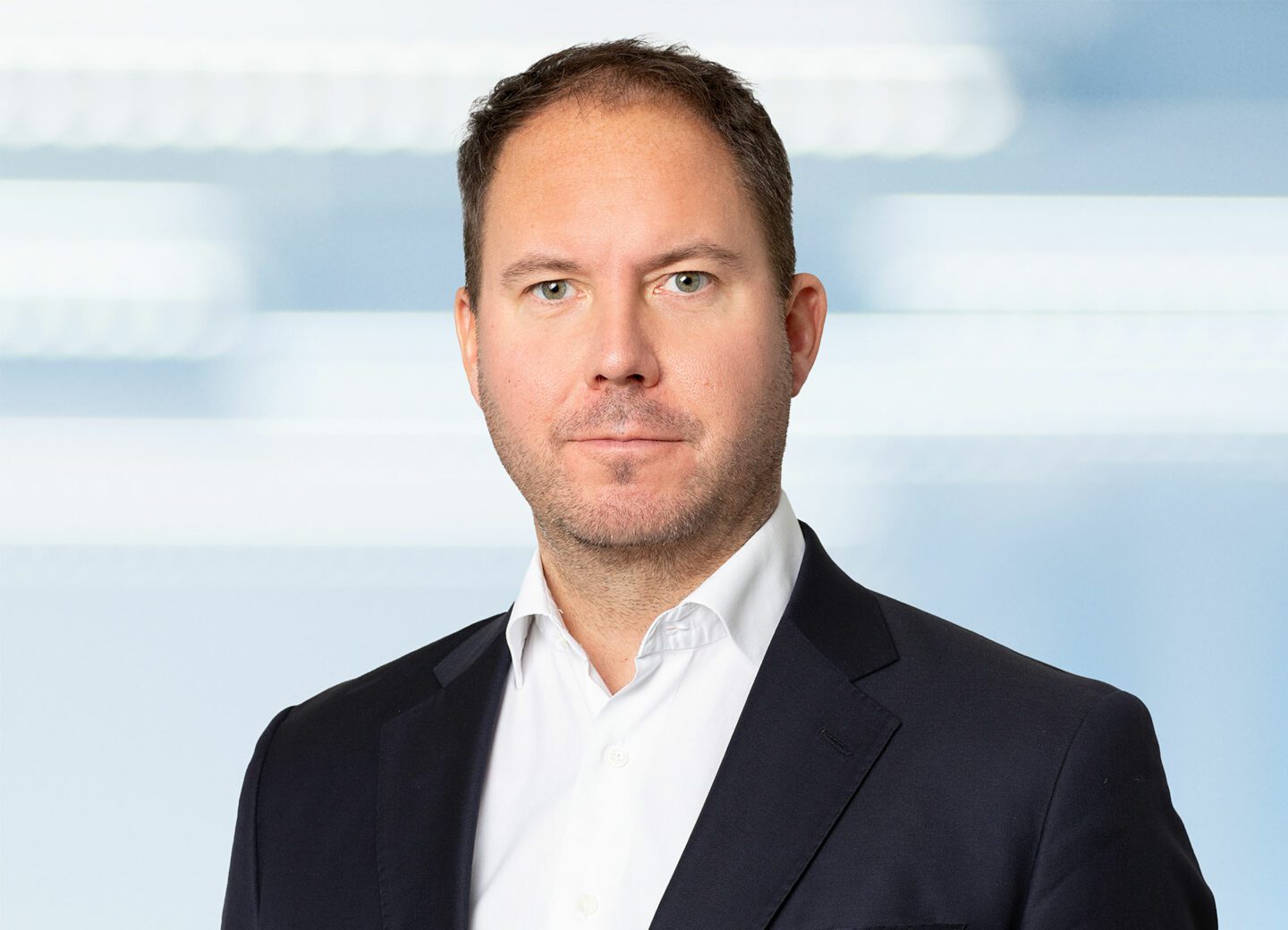
Nicholas Salbu, Co-Manager
Mainly performing
This yield pickup can be earned from performing names. Only about 3% of the book is labelled as “stressed” and 1.5% in some oil services names, a bank, and a video streaming service is “distressed”, with the latter defined as a credit spread over 1,000 basis points. However, this cut off is only a rough rule of thumb and can be arbitrary in that some credits paying this much might not display any palpable signs of distress. Sissener judges that UK oil companies, Enquest and Tullow, are more stressed and out of favour than distressed. “ESG means oil companies have fewer bank finance options. Enquest is a solid credit with cashflow to service debt, and great credit metrics, and Tullow Oil’s African risk is another stress factor for some investors.” Incidentally, Sissener declined to participate in Tullow’s recent tender offers. “The risk of our secured bonds is now lower after the tender offer and the bonds still trade around the tender price. We are happy to hold them longer for the low teens yield to maturity,” says Philippe Sissener.
Discriminating view on issuance
Securing generous new issue allocations is viewed as a key source of competitive edge for some credit strategies, but in the Nordics, this can sometimes be a poisoned chalice. Sissener was disciplined in avoiding most new issuance in 2023, “Because primary issues traded at higher prices and lower yields than similar bonds in the secondary market. Investor complacency was the culprit. A few exceptions have recently emerged. The IPC tap issue became appealing after the coupon amount was increased, in response to investor feedback,” says Philippe Sissener. Of 30 positions, half were bought in the primary market by number, but only 22% by value. Some new issues can even pay a premium. A small amount of exposure could be Reg S or 144A bonds, issued by US firms that come to the Nordics for a faster and streamlined, albeit more expensive, bond issue process. One example is global supply vessel company, Tidewater.
Financials
After the Credit Suisse rescue and mini-US banking crisis in March 2023, Sissener switched from some niche banks to national champions. There was limited scope to upsize exposure to junior financial paper, because the prospectus (for the time being) caps contingent convertibles (CoCos) at 10%. Exposure added in March and April 2023 has since been reduced.
Pure financials exposure of 18-19% is less than the headline financials figure of 25% because that includes some industrial holding companies. The breakdown is roughly 6.5% in AT1/CoCos, 4.7% in hybrids and the rest in other floating rate tier 2 bonds, including one from a Norwegian savings bank.
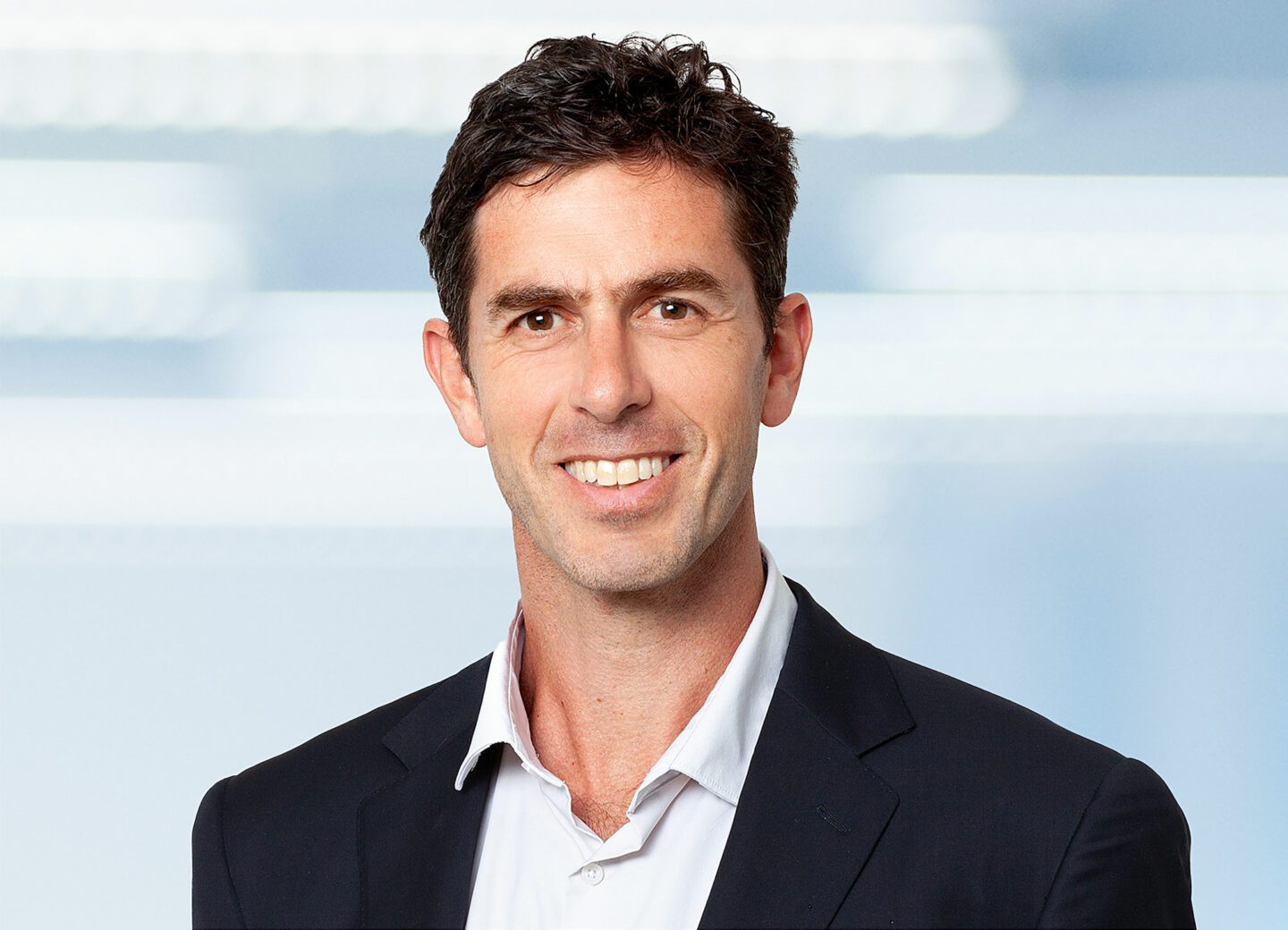
Andrew Dobbing, Energy Investment Team
Real estate
Sissener’s equity fund shorted real estate in 2022, partly informed by analysis from the credit fund, which sold its last real estate credit exposure in 2021, based on fears for a slowing economy and rising rates damaging real estate prices, as well as excessive leverage. “To return to the sector we would need to see larger firms restructure their balance sheets, and smaller ones need interest rates to level off, especially at the longer end,” says Philippe Sissener.
Catalysts
Some paper is held to maturity, but Sissener also seek opportunities for earlier exits through event catalysts such as early redemption, early refinancing and change of control puts, all of which can increase the annualized return (IRR) on a position in the short term.
Activism and restructurings
Occasionally, Sissener can play an activist role in shaping outcomes. This does not necessarily or always require sitting on formal creditor or restructuring committees as it might do in the US but can involve more informal discussions. “We are currently part of a group holding over 50% of a company’s bonds and seeking to reach consensus over outcomes that avoid some adverse proposed scenarios for bondholders. These discussions can involve weekend meetings and video calls,” says Philippe Sissener.
In 2020, Sissener was unexpectedly exposed to two airlines that restructured with debt for equity swaps. There have also been some cases where Sissener sold bonds from issuers such as Selecta, or Stockman, before they defaulted.
In 2023, a very small position in video streaming service Viaplay turned out to be the fund’s first default, having originally intended to be a quasi-cash short term pull to par investment. Sissener adapted to this surprise, re-appraised the situation, and averaged down at prices as low as 46 cents. “We now expect a recovery of between 65 and 80 based on a mixture of new bonds, and a debt for equity swap. This deal has been approved at an EGM and bondholders’ meeting which we voted in,” says Philippe Sissener.
Swedish e-commerce company, Ellos, is another special situation that is in profit since Sissener bought and should bring further gains upon hard maturity in July.
Sissener has occasionally negotiated bilaterally with borrowers in special situations to secure a better exit price for its investors.
Hybrids and PIK
Some other non-standard positions include a small amount of hybrid securities, including a Nordnet bond, and it has traded one in non-performing loans specialist, Hoist Finance, for a quick 10% profit.
One payment in kind (PIK) bond providing acquisition finance for an airline bank acquired by another bank, has a potential return as high as 15% per year at maturity. “This is a premium to cover the extra risk. The residual risk doubles over a five-year period, but we still think it offers good risk reward,” says Philippe Sissener.
ESG
Both funds report under SFDR 8 and are comfortable with carefully selected oil and gas companies. “Energy exposure is in firms with more modern equipment that reduces the risk of oil spills in the drilling and transport of oil. Some oil companies with a poor environmental record could be off limits,” explains Dobbing.
- Explore Categories
- Commentary
- Event
- Manager Writes
- Opinion
- Profile
- Research
- Sponsored Statement
- Technical